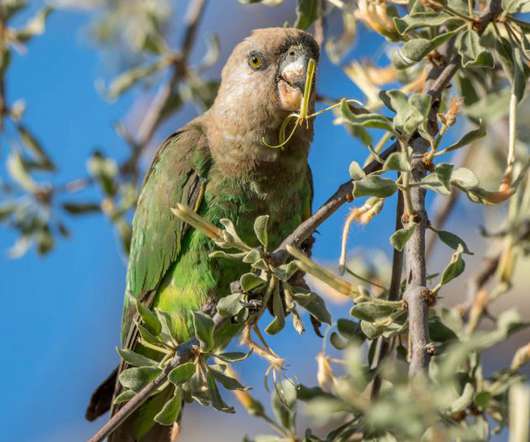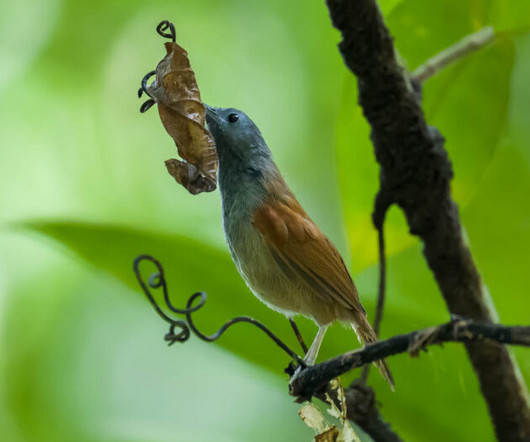The Secret Perfume of Birds: Uncovering the Science of Avian Scent–A Book Review
10,000 Birds
AUGUST 2, 2022
Whittaker had not yet gotten the message that birds don’t smell, her intellectual background was in primate research, but a colleague set her straight, telling her, “Birds don’t have a sense of smell, so I don’t understand why you’d study that anyway?” ” (p.












Let's personalize your content